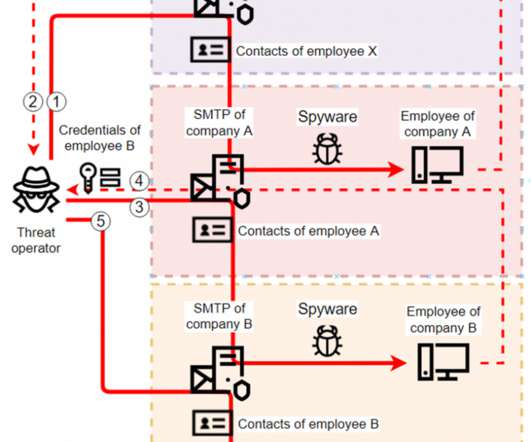IT threat evolution Q1 2022
SecureList
MAY 27, 2022
MoonBounce: the dark side of UEFI firmware. Late last year, we became aware of a UEFI firmware-level compromise through logs from our firmware scanner (integrated into Kaspersky products at the start of 2019). The attackers study their victims carefully and use the information they find to frame social engineering attacks.















Let's personalize your content